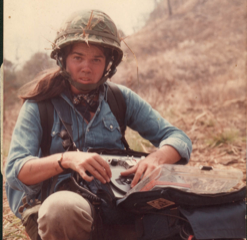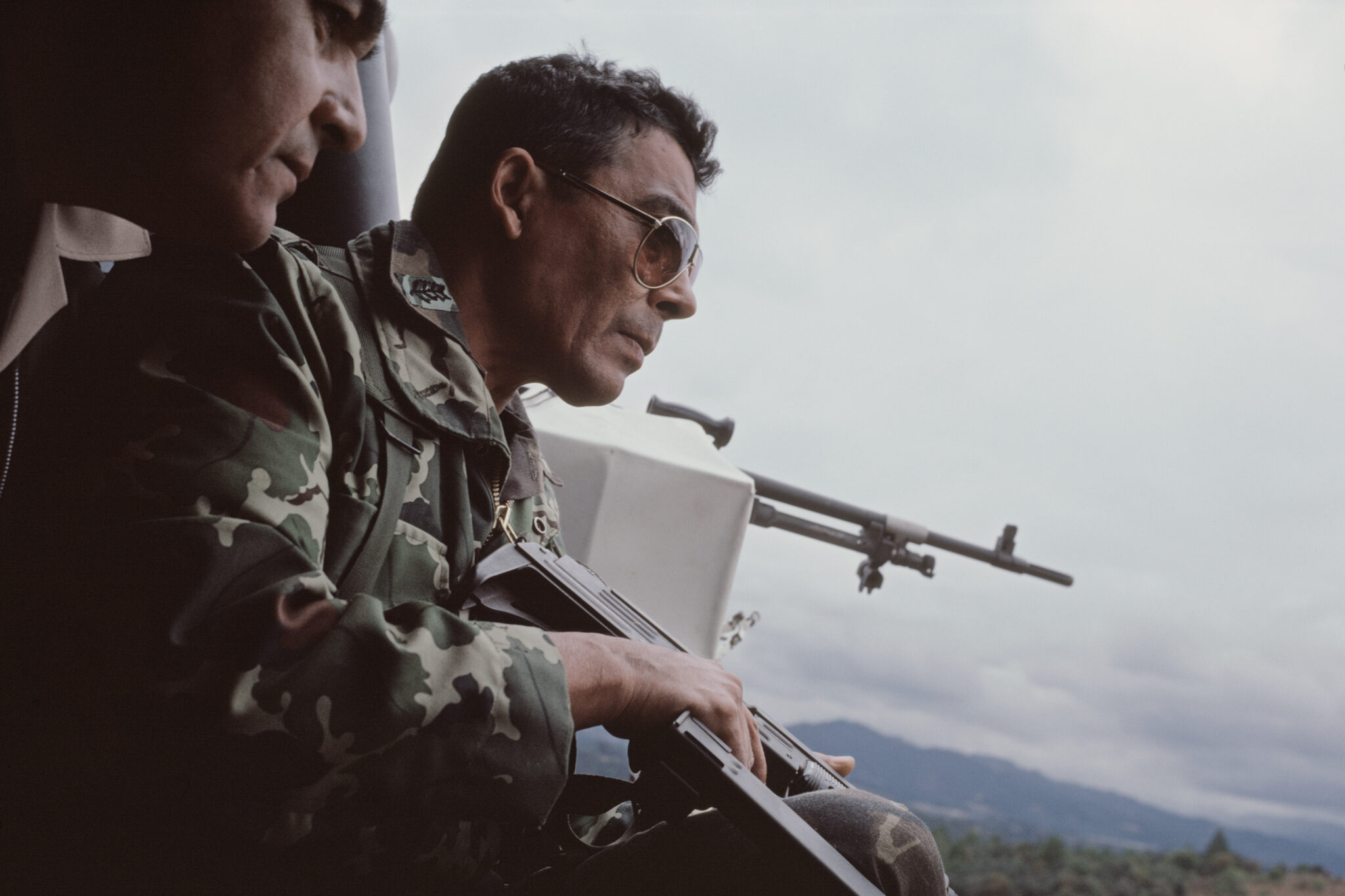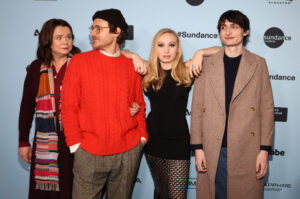[Editor’s Note: This interview is part of a larger feature about the women documentary filmmakers in the 1980s who blazed trails for the craft by premiering their films at the Sundance Film Festival. Please read the main introduction to this feature here.]
By Bedatri D. Choudhury
The first thing that struck me when I read your film’s name in the 1984 United States Film and Video Festival catalog, was that you had a co-director. In the face of that singular auteur idea, the idea of co-directing a documentary is slowly disappearing I think. What made you do it?
I’ll get to that but can I first speak of my collaboration with the protagonist, Rigoberta Menchú?
Of course!
She helped set me on my path, and taught me about collaboration. We had shot the whole film and we were editing it in New York. It was our first feature-length film. We were neophytes trying to find a way and it wasn’t coming together at all. And someone who knew we were making a film about Guatemala, brought Menchú to our studio. I sat down to talk with her and do a regular interview. It struck me that she was such an extraordinary person, that we should do something really differently with her and we brought her into the editing room.
We showed her the sequences that we had cut together. She started to write her story that would be the segue between the different sequences of the film, it would be that thread that would weave the story together. we went into a studio for three days, and we filmed her looking directly at the camera, which in those days people didn’t do in documentary films.
Then she and I traveled around the world with the film, starting at [the United States Film and Video Festival]. I say that because she really taught me about how collaboration makes us so much stronger and makes us become better filmmakers, too. We each have our granito de arena; our tiny grain of sand to contribute to positive change. And I carried that with me throughout my whole filmmaking life. So I’m eternally grateful to her.
And now back to Newton Thomas Sigel…
I was working as a sound recordist with Tom Sigel, because it was really hard to make a living as an independent filmmaker in the 1980s. So I did location sound recording for documentaries, music, films, features, and commercials. That allowed me to put the time and the money into our own films. And so I often worked with Tom, we teamed up. He did the camera, I did sound, we co-directed, and we made the whole film. When it came to the credits, I said, “I should have the first credit because traditionally, in filmmaking, women always get the second credit.” He was onboard.

What is keeping you busy now?
I am working on our new film Borderlands, which has become the fourth film of our Guatemalan quartet to, which started with When the Mountains Tremble, then Granito, and 500 Years, which were all at Sundance.
You’ve had a film at the Sundance Film Festival pretty much every decade. How would you say independent filmmaking has changed over all these years?
There are more women, there are more women of color. I think that we are demanding change, we are demanding respect, and we are getting it. But we have to keep doing it, these are changes that we have to keep fighting for. They’re never actually set in stone.
Many more people are able to make documentary films. That’s the biggest change. If you throw the field open, really great talent and better talent are going to rise to the surface, rather than just those privileged to be able to make documentaries. And so I think that is wonderful. One of the changes that we helped bring about as filmmakers was to open up many more funding sources for documentary films. And I’m not talking about the streamers. We did that by convincing organizations that filmic storytelling was the storytelling medium of our time.
One of the changes that I don’t like is the commercialization of documentary films in the sense that there are only some kinds of documentary films that are being bought.
Our filmmaking is always provocative and controversial. Our strength as documentary filmmakers has always been to find and, and collaborate with and raise up voices that may not have been considered important, but they are.
What did making When Mountains Tremble look like?
There was a lot of solidarity, political solidarity around ensuring that the United States did not get involved militarily in Central America. And so I think that was one of the reasons that so many people came on board. We had very little money to make the film. In fact, we shot 100 rolls of film, which is 30 hours of footage to make an 80 minute film. Each roll of 16 millimeter film…to buy it, to shoot it, to develop it, to print it cost hundreds of dollars.
And what did being at the predecessor of the Sundance Film Festival feel like?
Sundance was always an exciting prospect, even in the very early years of the Festival, because it was a space for fiercely independent filmmakers. I don’t think I would be the filmmaker I am today, without having had the support of the Film Festival, and the Institute. For me, it’s always been a touchstone.
At the very beginning, it was a meeting of the tribe. It was one of the few places which really welcomed a diversity of voices, women, men, people of color. There were very few spaces like that in the 1980s in the United States. Other than showing our films and in large part, showing our films to each other, there wasn’t that much more to it. It was a pure unadulterated cinephile heaven. And I really feel like over the years, Sundance has struggled to keep that ethos alive. It is hard, because there are all the commercial pressures trying to horn in on the Festival. John Cooper would always say, “Listen, you should go, you should see each other’s films, you should get to know each other.” And that’s how I’ve always tried to look at the Film Festival. Of course, the Film Festival is not separate from the realities of our culture.
The heads of the Festival and the programmers at the Festival were always trying to look for a way to do something differently. And that persists to this day.







